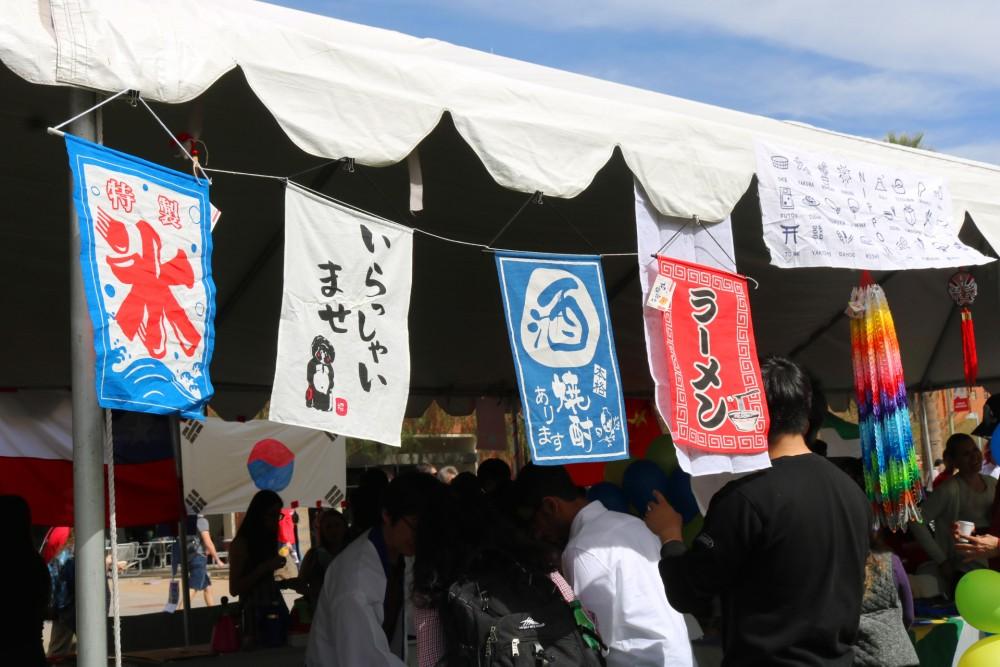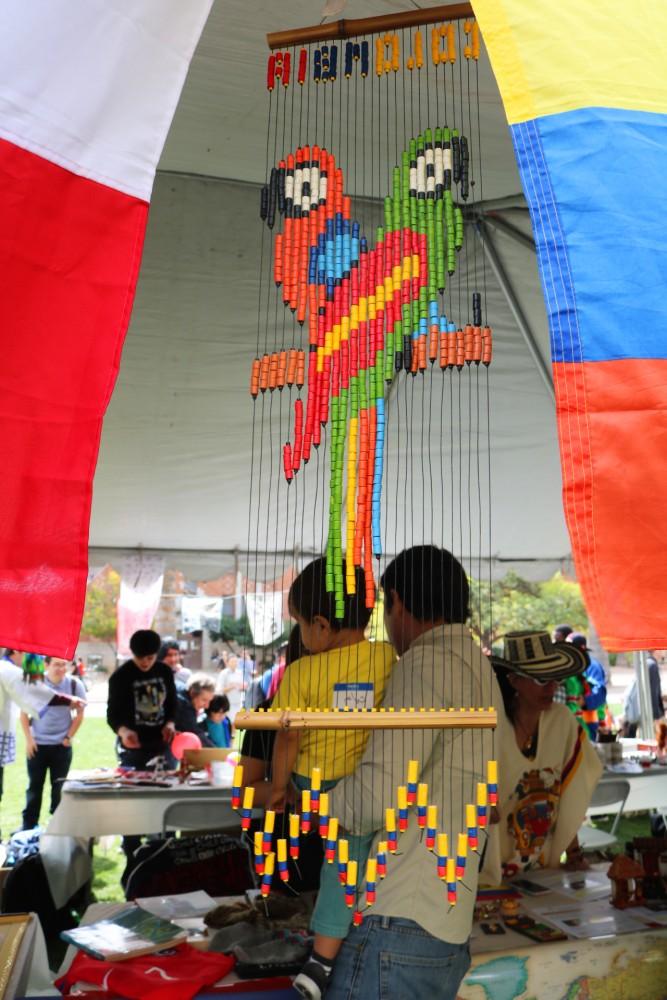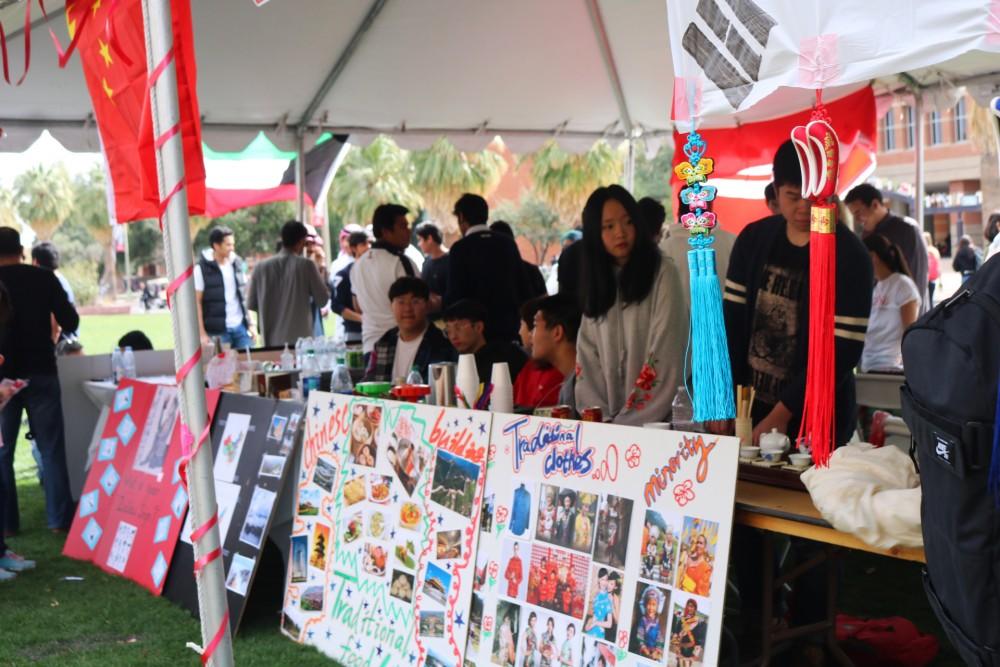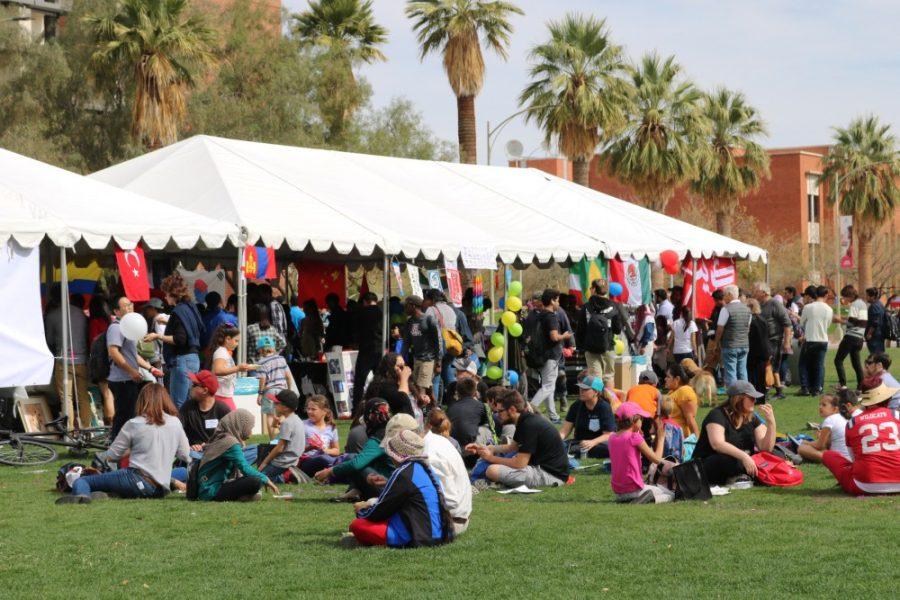The University of Arizona’s Center for English as Second Language (CESL) is celebrating 50 years on campus.
In 1968, the center was formed when then-president of the university, Richard Harvill, asked Frank Pialorsi, a teacher and graduate student at the time, to run a summer program to teach English for international students.
With an instructor on hand, the center grew into a diverse set of language training programs, which expanded over time.
Nicholas Ferdinandt, current director of the CESL, said he looks at all the things the center has done in the last 50 years and to see “what works, and then leverage all that for the future.”
Through its professional, competitive and high-quality programs, the CESL prepares students to achieve educational, professional and personal success, according to its mission statement. It is the only nationally accredited intensive English program in Arizona.
RELATED: UA department of East Asian Studies expands with new Korean minor
The center has five separately accredited programs, all aiming to improve the learning of the community. The Intensive English Program, one of the oldest at the center, is the only Commission on English Language Program Accreditation accredited program in Arizona.

The Intensive English Program prepares students for academic and professional success through cultural and linguistic diversity and understanding through collaboration between the campus and community. This program holds low-level English classes for non-native speakers and is “something that isn’t as popular as it used to be,” according to Ferdinandt.
“You don’t have as many people needing low-level English,” Ferdinandt said.
The CESL also created a program known as the University Track Program, which takes students who are very close to getting accepted into the university and allows them to be concurrently enrolled at the UA taking one three-credit course while also taking English as a second language.
“That’s a program we expect to grow, which is our [CESL] future,” Ferdinandt said. “We’re very agile on how we approach education.”
The CESL also has a program called Teaching English as a Foreign Language, which allows students or community members to teach English abroad through in-class or online courses.
RELATED: UA laboratory educates students, community on tree-based science
The CESL is all self-funded, meaning it doesn’t receive state money, so most things the center does are entrepreneurial, which offers more of an outreach to the community.

“We’re a pipeline for the university, for students, for teachers and for the rest of the world,” Ferdinandt said.
The center focuses on programs that are reacting to the international environment and are relevant to both bringing in students and sending them abroad. The CESL has “30 countries represented at any given time, has served more than 40,000 students in its lifetime and hosted people from more than 120 countries,” according to Ferdinandt.
The center holds annual events celebrating its diversity, like the International Festival. This event allows international students involved with the CESL to showcase their countries with food, music, dance and other activities.
This festival proves to be not only a celebration of the CESL and the services it has provided to international students for the past 50 years, but also a celebration of the different cultures students bring to the UA.
One Chinese student, Cecilia Song, emphasized the importance of showing her fellow UA students a small piece of Chinese culture.
“It’s a way to show American students how the Chinese culture is — what we have, what we eat, what we do — just to share the culture,” Song said.
Ferdinandt said the center is a “hidden gem” that most students don’t know about and that, “being an intercultural space, it’s very unique on campus.”
The CESL is always recruiting students abroad to come to Tucson to take part in its learning programs. By Fall 2018, the CESL expects to receive more students from countries such as Thailand, Indonesia, Vietnam and China.
RELATED: UA’s Rodeo Team rides into its 79th year
The CESL’s 50th anniversary celebration event will be May 12 in the CESL building located at 1100 James E. Rogers Way.
“We’ve been around for a long time. We belong to the College of Humanities, and we do a lot of humanities and a lot of intercultural understandings,” Ferdinandt said. “That’s really at the core of what we do, and this is the place to learn that on campus.”

Follow Daily Wildcat on Twitter









